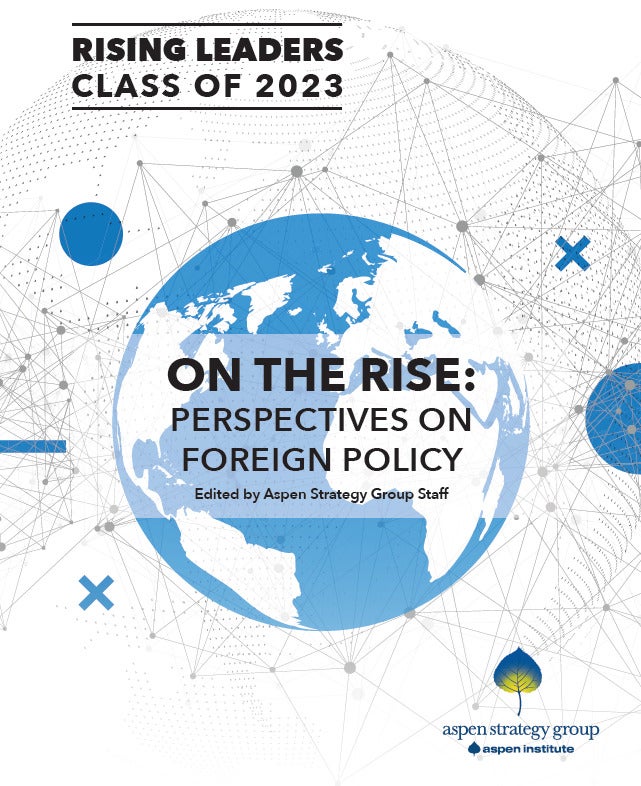A new Congress has been sworn in and our government is divided. It is now time to focus on what works for both parties and for the American people.
A goal that both parties should share is to do a much better job of ensuring that scarce taxpayer dollars are being invested in programs that work. That is why we have joined together with current and former government leaders and advisors from across the political spectrum to call on our government to play Moneyball.
By using data, evidence, and evaluation, we can improve government performance in the same way that Billy Beane famously revolutionized baseball by focusing on statistics. By playing Moneyball, government can provide better services to millions more Americans while saving billions of dollars.
It is a simple, even obvious idea, that the government, which collects more than $2.4 trillion in taxes each year (and spends more than $3 trillion), would want to spend that money effectively. Astonishingly, we often just don’t know. Based on our estimate, less than $1 out of every $100 the federal government spends is backed by even the most basic evidence of its effectiveness. We might know a program is popular. We might even see data that suggest the program is performing efficiently, in the sense that administrative costs are low and fraud is minimal. But it is the relatively rare case when we actually have the evidence to tell us a program is working as intended and that it’s the most effective way to achieve the outcome we desire.
Especially in an increasingly tight fiscal environment, it is not enough to base government spending on intuition, instinct, popularity, or inertia — the overwhelming rationale for most programs. When we do investigate the efficacy of federal programs, the results are often not encouraging.
For example, the United States Agency for International Development (USAID) spends between $1.5 and 2 billion each year to save the lives of children around the world. After doing some site visits, USAID discovered that many of their programs contained unnecessary redundancies. Contractors and grantees in Washington spent money on expenses inside the Beltway, which doesn’t always help save lives in other countries. Funds went to duplicating systems as opposed to driving results. USAID noted that their malaria program had its own procurement and supply chain for vaccines, sometimes even with warehouses devoted to malaria literally across the street from warehouses devoted to combatting HIV.
USAID didn’t want to influence the perception of these great programs — since they have reduced child deaths under age five by six million in the past two decades — but they wanted to see if they could improve outcomes by spending their funds more wisely. They conducted an evidence-based review, building a team across the agency that spent 18 months going grant-by-grant and project-by-project to identify areas where an evidence-based shift in resources could save more lives. The result? They were able to reallocate $2.9 billion over two years. By their own estimate, this change could save the lives of 500,000 additional children.
Another example where an evidence-based approach has been working is in the Head Start program. President George W. Bush signed a law requiring all Head Start grantees to be evaluated using an evidence-based system, and President Obama built on it by initiating reforms to weed out underperforming Head Start providers and force some to improve before qualifying for more funding. The Department of Health and Human Services is already removing funding from programs that don’t measure up. In August of this year, HHS announced that approximately 20 percent of the 122 programs which competed for Head Start funding lost their funding to other Head Start providers.
Unfortunately, even when we have evidence a program isn’t working — or worse yet, is having a negative impact on the people the program is designed to help — ideology, politics, or gut instinct often rule the day. For example, our Office of Management and Budget predecessors tried to shift funding away from Even Start — a literacy program — because it was proven to be ineffective by the Bush administration’s program ratings initiative. They were met with resistance by a popular member of Congress and the program lived on, wasting more than $1 billion.
Similarly, the federal after school program 21st Century Community Learning Centers was shown to have no effect on academic outcomes for elementary school students but was linked to significant increases in school suspensions and discipline. The Bush administration tried to cut this ineffective program but again political forces — this time Arnold Schwarzenegger’s gubernatorial campaign — persuaded appropriators to restore funding.
There are formidable obstacles to evidence-based governance, but those challenges are not insurmountable. And there is a political opportunity for both parties: Republicans will have the chance to identify and eliminate real waste, and therefore demonstrate that bigger government isn’t always more effective. Democrats, on the other hand, will be able to fine-tune government until it is smarter and works better, and leverage it to better deliver services to vulnerable populations.
The reviews will often be challenging, but policy makers can adopt some simple principles that we believe can improve outcomes. We need to invest in evidence about the solutions that will achieve the most effective and efficient results; we need to commit to increasing funding for solutions that use evidence and evaluation to demonstrate that they work; and we should direct funds away from solutions that consistently fail to achieve measurable outcomes. Sometimes these should be backed by the gold standard of evaluation, randomized controlled trials. Other times, policy makers should follow the best evidence available at the time to improve their decision making.
We are not naïve: we know from personal experience that federal budgeting, much less overhauling how the federal government does business, is hard work. But flying blind on whether our spending works as we hope is unacceptable. Our future will be much brighter with a Moneyball government.


